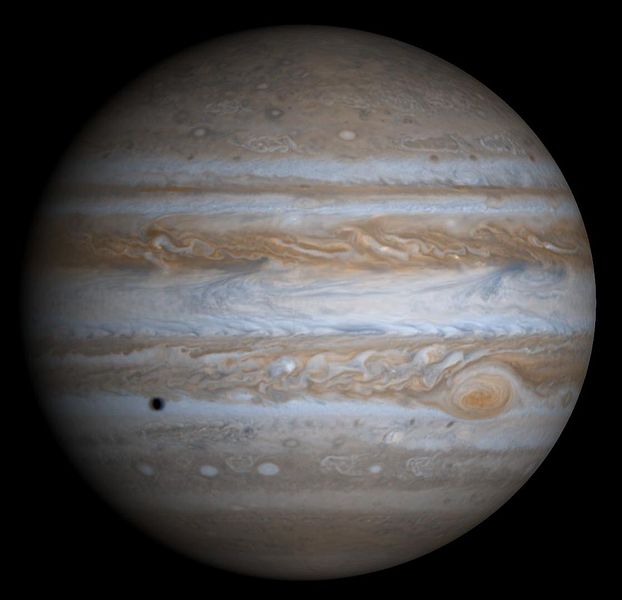
You may notice how poor the ‘seeing’ is during my imaging session. It was a memorable night in the backyard, and seeing Jupiter in real-time on the night of opposition was a real treat. I cover the astrophotography equipment used, and some simple tips for photographing Jupiter up-close. In the video below, you’ll see the camera and telescope I used to photograph Jupiter, along with real-time video footage of the planet through my telescope. Taking amazing images of the planet Jupiter is possible from just about anywhere in the world. However, unlike deep-sky astrophotography, light pollution and the current moon phase do not negatively affect the experience in any way.

This can make or break your image, and unfortunately, it’s completely out of your control. High magnification planetary astrophotography can be heavily influenced by atmospheric conditions and elevation. I’ll attempt to photograph Jupiter again soon, under more favorable weather conditions, to see if I can capture a clearer view of the planet’s surface. While I am happy with my latest photo, I am itching to give it another shot.

This means that Jupiter was opposite the Sun (with Earth sitting between both objects). The gas giant was at its brightest and closest to Earth for the year, and I was lucky enough to have a clear sky that night. The process involves recording short videos of the planet through my telescope and extracting the best image frames from the video for stacking. I am not a planetary imaging expert by any means, but I will share the simple steps I used to get results like the one below.

I’m going to walk you through how I took a detailed picture of the planet Jupiter through my telescope.Ĭompared to photographing deep-sky objects, like galaxies and nebulae like I normally do, photographing planets is a breath of fresh air.


 0 kommentar(er)
0 kommentar(er)
